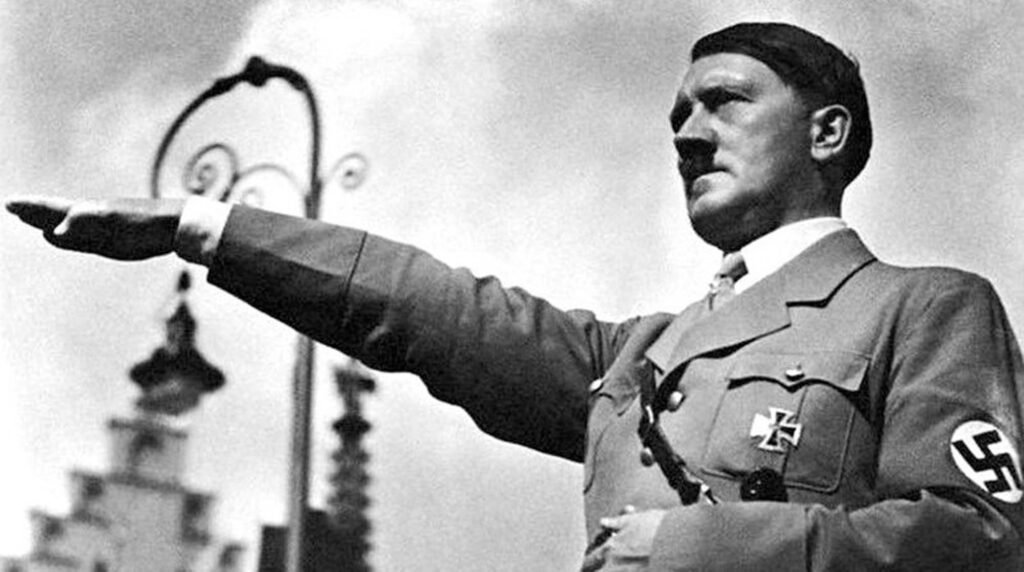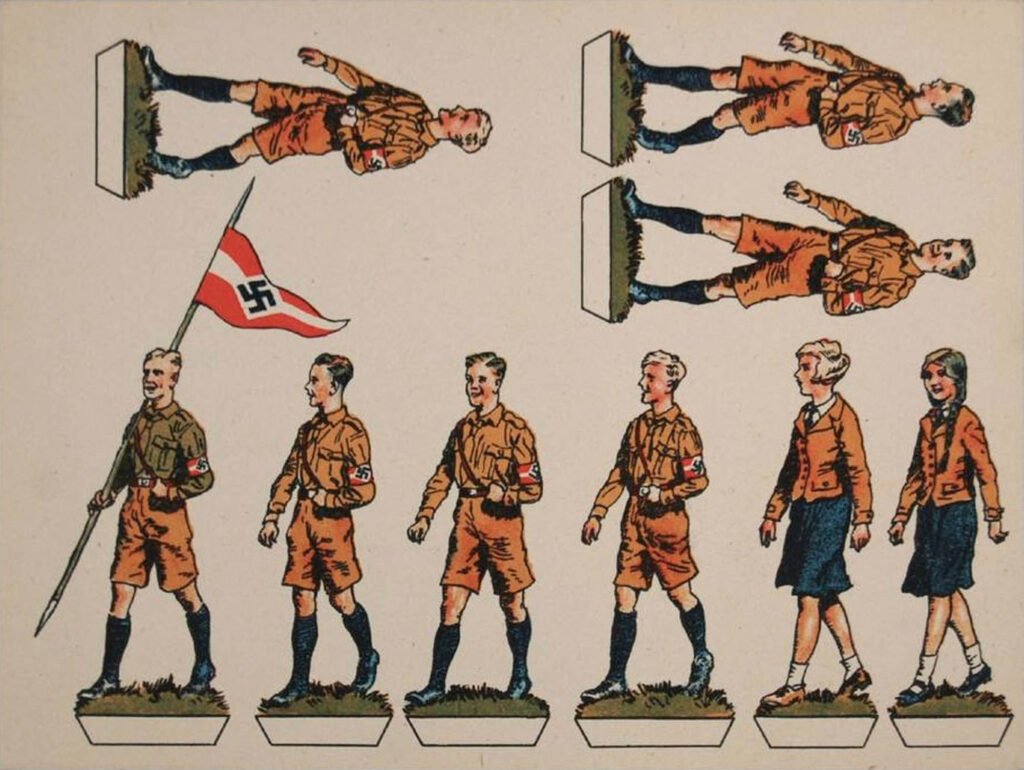Often in public debate the terms “Nazism’ and ‘Fascism” are used interchangeably. But if we dig deeper into the core values of the two ideologies, we’ll notice a lot of substantial differences, besides the obvious similarities. The fact that Germany and Italy were allies in WWII additionally makes things more confusing for non-historians.
Some facts may seem mind-boggling. For example, Mussolini’s mistress was Jewish and she was a member of the Fascist Party of Italy. 10,000 other Jews were also members, which made up a third of the adult population of Jews in Italy back then. These facts may confuse, or even shock a lot of people because we tend to regard Fascism as identical to Nazism. So what’s going on here?
Well, the truth hides behind orthography. To clarify the confusion, we need to distinguish between Fascism and fascism. If you were not reading now but just listening, the last sentence makes no sense. That’s because the capitalization of the letter “F” plays a crucial role in the debate. Before we explain this distinction, let’s explore the differences between Hitler’s Nazism and Mussolini’s Fascism.

Differences Between German Nazism and Italian Fascism
First and foremost, Italian fascism wasn’t anti-Semitic or racist. Although Italy passed anti-Semitic laws in 1938, it was because of Hitler’s influence over Mussolini and not because of the Fascist doctrine itself. It was a political theater, which is why the laws didn’t result in any deaths until the Germans entered Italy towards the end of WWII. More so, the laws were anti-religious, not anti-race.
On the other hand, Nazis looked down upon Fascists, some of them even despised the Italians. They distanced themselves from being seen as derivative of another country’s ideology, striving to present National Socialism as a homegrown unique German phenomenon. Hitler himself never identified as a fascist and often criticized Mussolini. We know from intimates of Hitler and from his table talks that he was highly critical of Italian Fascism, perceiving them as weak and too tolerant.

Nazism was primarily focused on the idea of Aryan racial superiority and promoted a pan-Germanic, expansionist, and racially exclusive concept of the “Master Race.” Italian Fascism was more focused on Italian nationalism, the restoration of the Roman Empire’s glory, and the idea of the “New Roman Man.”
In terms of the scale of political pressure, Fascist Italy was incredibly mild by comparison to the Third Reich or the Soviet Union for that matter. Also, none of the major fascist intellectuals were racists. We’re not saying that Italian Fascism was a noble ideology or that Mussolini’s Italy was a democratic society. We’re just trying to draw a line between the two ideologies as different in many aspects. Of course, they shared a lot of commonalities as well, which we’ll get to right after we examine the difference between the other two, seemingly identical terms.
The difference between “Fascism” and “fascism”
At first glance, the two terms seem identical but they represent two separate ideas. Capitalized ‘Fascism’ refers specifically to Italian Fascism – the political movement that arose in Italy between the two World Wars. On the other hand, non-capitalized ‘fascism’ symbolizes the broader umbrella of ideologies involving fascist movements worldwide.

Fascism as a concept is notoriously difficult to define due to different interpretations. However, in academic terms, we could describe it as “the mass subordination of individuals to an aggressive nationalistic consciousness,” or in layman’s terms, “thinking with the blood of our nation.” Fascism (with a lowercase ‘f’) can describe various similar authoritarian, nationalist, and anti-democratic tendencies in different contexts.
Here are two more definitions of fascism that are important for our conclusion to this debate:
Fascism is a political ideology whose mythic core in its various permutations, is a palingenetic form of populist ultra-nationalism. – Roger Griffin
Fascism is a political philosophy, movement, or regime that exalts nation and often race above the individual. And that stands for a centralized, autocratic government headed by a dictatorial leader, severe economic and social regimentation, and forcible suppression of opposition – Webster’s Dictionary

Are Italian Fascism and National Socialism both ‘fascist’?
We saw that Italian Fascism and German Nazism differ in some key aspects of their respective ideologies. But the question that remains is – were they both ‘fascist’?
Italian fascists focused on building the nation’s myth, and national consciousness, and subordinating the public to the consciousness controlled by a totalitarian state. Their economic policies were secondary to the promise of the nation’s greatness, which essentially was the myth of the nation. The Nazis followed a similar storyboard, convincingly embodying these ideas. One could say that Italy invented fascism, and Germany implemented it.
Despite the unique aspect of Nazi Germany and their primary focus on racism, in which they differ from Fascism (with a capital ‘F’), it’s safe to say that they both fit into the broader category of fascism. The approach toward understanding any political movement requires considering unique attributes but also recognizing the role of general categories in forming our understanding. Just as we can classify a tiger as a cat without compromising its uniqueness, we can categorize National Socialism as ‘fascist’ without disregarding its distinctiveness.




Leave a Reply